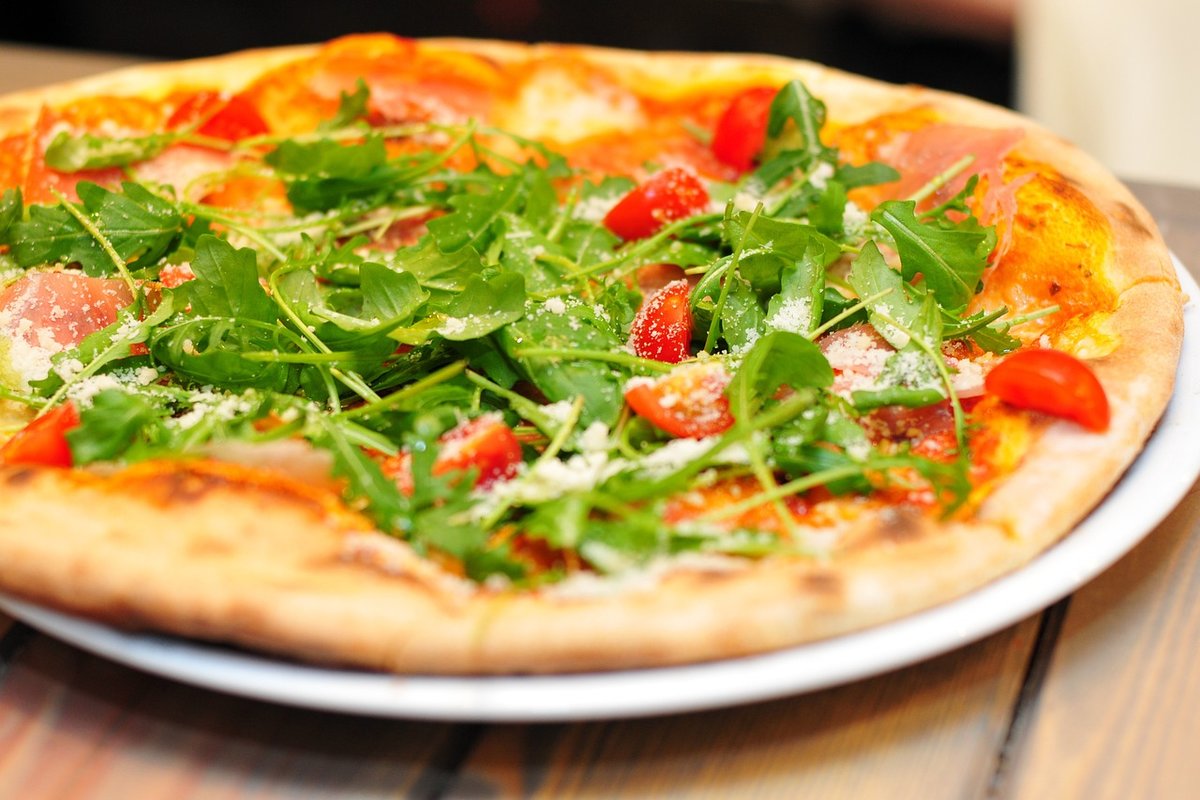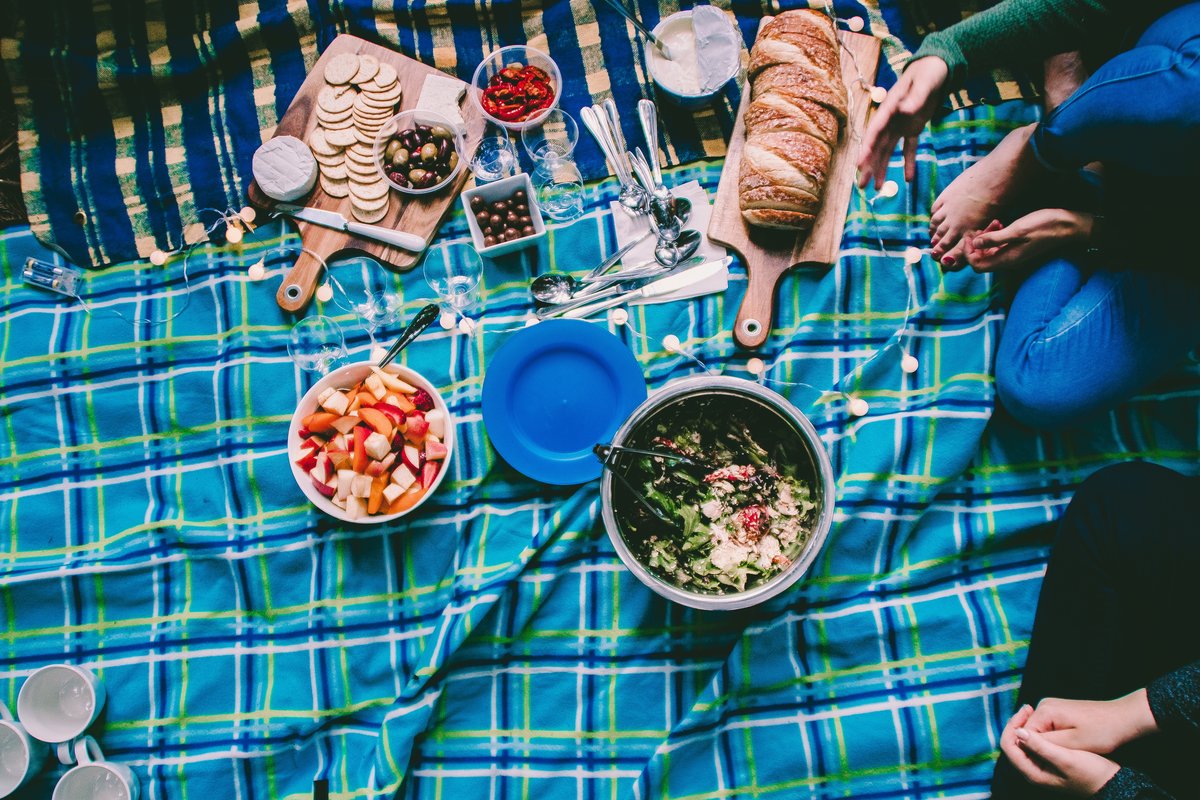
As long as I can remember, I’ve always been a fervent foodie. Apparently one of my first words was cake and I would always be thinking about my next meal. Its beyond me how I never ended up obese after years of eating my weight in cheese everyday for most of my adult life, but hey, some things are meant to remain a mystery.
We all have a favourite dish or snack that we shamelessly can’t get enough of, but have you ever wondered (or cared) where your favourite foods originated? I decided to delve into the dark and interesting depths of the culinary past to reveal all…
1. Pizza
Italian food is hugely popular around the world, and almost everyone has a favourite type of pizza. This was also the case in the 1700s when the Greek settlement of Naples was a thriving waterfront metropolis. Founded in 600BC, Naples was home to thousands of lazzaroni – working-class poor individuals, who craved cheap meals they could purchase from street vendors, eat quickly and mix it up with a plethora of toppings. The pizza we all know and love worldwide was born and created with tantalising toppings such as tomatoes, cheese, oil, anchovies and garlic. This is according to Pizza, A Global History, a book by associate history professor Carol F Helstosky. Years later after Italy unified in 1861, a hungry King Umberto I and Queen Margherita travelled to Naples in search of pizzas from one of the city’s original vendors, Pizzeria Brandi.
History states that the Queen enjoyed the combination of mozzarella, red tomatoes and green basil so much that the recipe was named after her, perhaps inspiring the nationwide pizza craze that followed. Once Italians began to make their way over the pond to the Americas, there was no stopping the humble pizza – and today almost every country in the world has at least one pizzeria where people can gorge shamelessly after a boozy night on the town, or just at times when only cheesy carbs can bring joy.
2. Sandwiches
Some believe that the simple method of placing cheese and meat between two slices of bread or pastry goes back to ancient civilisations, but most historians do name John Montagu, 4th Earl of Sandwich, as the creator of the sandwich we know and love today. As the Earl was a slightly naughty fan of gambling, the story goes that he (or perhaps his cook) created this favourite lunchtime snack in 1762 so that he wouldn’t have to interrupt his card games to eat. According to an article published by gaming operator Betway, blackjack was introduced to England around the same time in the 17th century, so there’s a clear possibility the Earl was playing exactly that and didn’t want to leave any room for others to look at his hand. Still, sandwiches weren’t initially adopted by cookbooks as they were widely seen as restaurant fare in England, and far too British for the Americans of the 18th century. In fact, Americans didn’t start calling their bread and meat concoctions sandwiches until well after the revolution in the late 1830s when Mrs F. L. Gillette published The White House Cook Book. Today, sandwiches are a staple in countries all around the world, with hundreds of new recipes inspired by vibrant Instagram and Pinterest photos – many arty avocado stuffed ones.
3. Pie
Like many Londoners, ever since I can remember, I’ve always loved a good pie. Few meals are as comforting after being squashed under someone’s armpit on the long commute home than a hearty dish of pie, mash and gravy. Although many deem pie as an easy dish to make, the history behind the diverse pastry is slightly more complicated. Recorded in Ancient Greek, Roman and Medieval English histories, the beloved “pye” began life as meaty, savoury dish with a thick crust to ensure everything contained stayed fresher for longer. A piece published by TIME Magazine focusing entirely on the history of the pie, claims that these original recipes were made using wild duck, pigeon and even magpie, accompanied by pepper, currants and dates. Romans even filled pies with decadent seafood, while meat-filled varieties were regarded as dessert dishes and are mentioned in Cato the Younger’s De Agri Cultura – the oldest surviving work of Latin prose. More recently, pies have become a staple in North American culture, often eaten during Thanksgiving celebrations. This is possibly due to the myths of the 1621 pilgrims eating pumpkin and pecan pies at the original Thanksgiving shindig. Although a version of pumpkin pie appears in a 1675 cookbook, pie didn’t actually become popular in America until the 1800s, before becoming even more popular after an infamous scene in the 1999 film American Pie – warm apple pie anyone?
4. Caesar Salad
Ever wonder where the al-fresco picnic classic Caesar Salad originated from? While most assume that the famous summer dish was created in Italy and named after the infamous emperor, it was actually concocted by Italian-American chef Caesar Cardini in Tijuana, Mexico in 1924. The Telegraph reported that Cardini had a restaurant in Mexico attracting alcohol-craving Americans frustrated by the prohibition. Legend has it that one 4th of July, the chef hastily chucked a load of ingredients together and happened to create the Caesar Salad, which was celebrated by his loyal patrons. This original dish consisted of romaine, garlic, croutons, parmesan cheese, boiled eggs, olive oil and Worchester sauce, though later in 1926 Cardini’s brother Alex decided to add anchovies. Over the years, the classic salad became increasingly popular and in 1953 the International Society of Epicure hailed it “the greatest recipe to originate from the Americas in fifty years.”
5. Cake
“Let them eat cake,” supposedly uttered snootily by Mary Antoinette in 1789 has to be one of the most famous quotes in history. And cake itself has to be one of the most popular desserts worldwide. The word has Viking origins, denoting a baked flour dessert traditionally sweetened with sugar or honey. Even back then, cake was created by mixing eggs and flour with milk and occasionally, fat. Similar, in recipe to most breads, other nations such as Italy and Egypt also created cake-like dishes. In fact, the cakes that Chaucer mentioned in the 14th century, as stated in the medieval cooking website GodeCooking, originated in Rome as early fruitcakes made with raisins, nuts and fruits. It wasn’t until the mid-17th century that cake moulds were created and it took until the 19th century for chemical raising agents such as bicarbonate of soda to be introduced. Now, anyone and everyone with a love for baking (or eating baked goods) can create a variety of cakes at home, while others have based their entire careers on making all manner of extravagantly decorated sweet creations.





